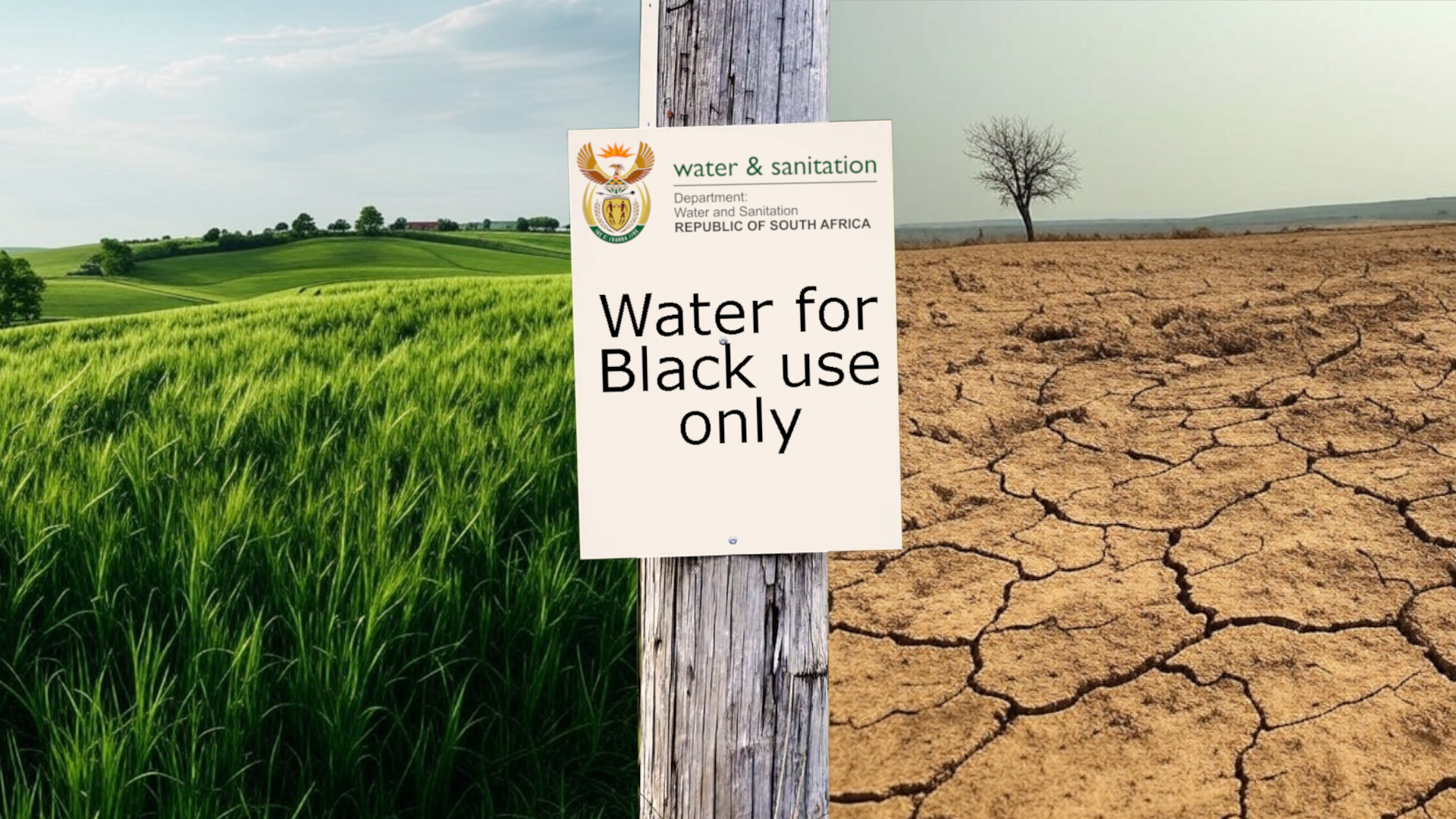In the expansive semi-desert expanse of South Africa's Karoo region, the Karoo dwarf tortoise, Chersobius boulengeri, though diminutive, emerges as a potential linchpin in the ecological tapestry, according to a recent study. This endangered species, among the world's smallest tortoises at a mere 11 centimeters (4.3 inches) in length, may wield substantial influence in seed dispersal for select plant species.
A new study by Victor J.T. Loehr, Toby Keswicka Nicole Barten, in connection with the University of the Western Cape, sheds light on the role the Karoo dwarf tortoise plays in the seed dispersal of several important indigenous plant species.
Lead researcher Victor Loehr, a Dutch national, is renowned in tortoise breeding circles. His three-decade career in reptilian husbandry began with a Red-eared terrapin in 1983. Loehr's accolades include being among the first Dutch hobbyists to successfully breed Pancake tortoises in 1992.
In 1995, his fascination with Homopus signatus during a South African expedition led to pioneering efforts in captivity, significantly impacting the ex-situ program for this species. Loehr's comprehensive surveys on morphology, diet, and tick diseases culminated in a 2008 Ph.D.
Founding the Homopus Research Foundation in 1999 (named after the genus of specked tortoises), Loehr consolidated all Homopus-related activities, including studbooks (tracking documents for breeding). His in-situ focus and over 20 journeys to South Africa, spanning a year, earned him expert status. Loehr collaborates with volunteers and acknowledges support from South African authorities and conservation organisations.
Endemic to South Africa's Karoo, a vast semi-desert covering 500,000 square kilometers, the rare Karoo dwarf tortoise has been challenging to study due to its elusive nature. Victor Loehr, the lead author of the study published in the Journal of Arid Environments, highlighted the difficulty in observing these small tortoises, which spend much of their day concealed in rock crevices.
The Karoo dwarf tortoise faces severe endangerment, primarily attributed to habitat degradation and increased predation by ravens and crows, a consequence of heightened human presence in the Karoo. The recent study delved into the dietary preferences of these tortoises, revealing potential implications for seed dispersal.
Researchers analyzed tortoise droppings to discern dietary patterns, discovering a preference for specific plants, including doll’s roses (Hermannia spp.), which are relatively scarce in the arid Karoo landscape. This newfound knowledge is crucial for assessing the species' habitat suitability. The study also indicates a potential mutualistic relationship between the tortoise and some favored flora, with a germination trial suggesting the tortoise aids in seed dispersal and germination.
In the face of habitat degradation and slow population growth, conservation efforts are underway. The NGO Dwarf Tortoise Conservation, collaborating with institutions and the South Africa-based Endangered Wildlife Trust, aims to breed Karoo dwarf tortoises in captivity for potential reintroduction into the wild, providing a valuable tool for habitat restoration.
Tomas Diagne, director of the African Chelonian Institute in Senegal, commended the study's methodology, suggesting its applicability to other species, such as the larger but similarly endangered sulcata tortoise. The study underscores the importance of these seemingly modest creatures in ecosystem dynamics, serving as small-scale ecosystem engineers, a role often underestimated in the broader ecological narrative.

The national Water Department has denied a black farmer the right to share his licensed water with a neighbouring white farmer. Afriforum has vowed to fight this.